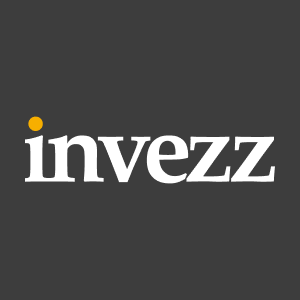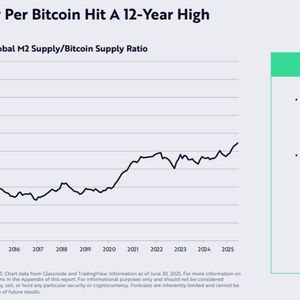Robinhood proposes national framework for tokenized real-world assets in SEC filing
3 min read
Cryptocurrency and stock trading platform Robinhood has proposed a framework that aims to bring real-world asset tokenization into the US financial mainstream by establishing a unified federal regulatory structure. The California-headquartered firm has submitted a proposal outlining a new regulatory framework and plans to launch a dedicated platform for trading tokenized real-world assets. By pushing for legal clarity now, Robinhood hopes to set the stage for a compliant, scalable platform that could handle trillions in on-chain assets, all while creating new revenue models far beyond its retail roots. A unified framework Its 42-page submission to the US Securities and Exchange Commission (SEC) proposes a regulatory framework for tokenized assets, detailing how on-chain tokenization markets could operate within existing securities laws. One of the key pillars of the proposal is token-asset equivalence. Under Robinhood’s framework, a token representing a US Treasury bond would be treated as the bond itself, not a separate product or derivative. If implemented, it would allow broker-dealers and asset managers to operate in tokenized markets without needing new licences or legal workarounds, making it easier to manage custody, trading, and settlement using the same systems they already rely on. Robinhood wants to eliminate the current patchwork of state-by-state compliance by introducing a national framework that lets broker-dealers operate under existing securities laws, even when the assets are on-chain. That would allow institutions to trade, custody, and settle tokenized assets using the same guardrails they are already familiar with and trust. Robinhood will launch a tokenization market A national framework would also pave the way for Robinhood to launch its own infrastructure. The firm has outlined plans for the Real World Asset Exchange, a platform built to pair fast off-chain trade matching with transparent on-chain settlement. According to the proposal, RRE will be built on a dual-chain architecture leveraging the Solana and Base blockchains, and would reportedly offer sub-10 microsecond latency and support up to 30,000 transactions per second. If that holds up in the real world, it could collapse the current T+2 settlement cycle into near-instant T+0 finality, cutting trading costs by an estimated 30% a year. To stay compliant, the platform would bake in KYC and AML checks through integrations with Jumio and Chainalysis. Supporters of the proposed framework, such as Quantum Economics founder Mati Greenspan, believe it could help bring “trillions of dollars in assets on-chain.” “If the SEC embraces this, it’s a signal to the world that tokenization has a legitimate seat at the traditional finance table,” he added. Tokenization market is booming The market for real-world asset tokenization is rapidly gaining traction , with the market projected to reach $50 billion by the end of 2025, according to recent industry estimates. Robinhood is just one of the many players that are making early moves. Major institutions have already begun staking their claim in the space. On April 30, BlackRock filed with the SEC to create a tokenized share class for its $150 billion Treasury Trust Fund, aiming to mirror ownership records on a blockchain. That same day, Libre unveiled a $500 million Telegram Bond Fund on the TON blockchain, offering tokenized exposure to the messaging platform’s corporate debt. Days later, MultiBank Group announced a $3 billion agreement with UAE-based developer MAG to tokenize premium real estate assets on a regulated blockchain marketplace. The post Robinhood proposes national framework for tokenized real-world assets in SEC filing appeared first on Invezz

Source: Invezz



